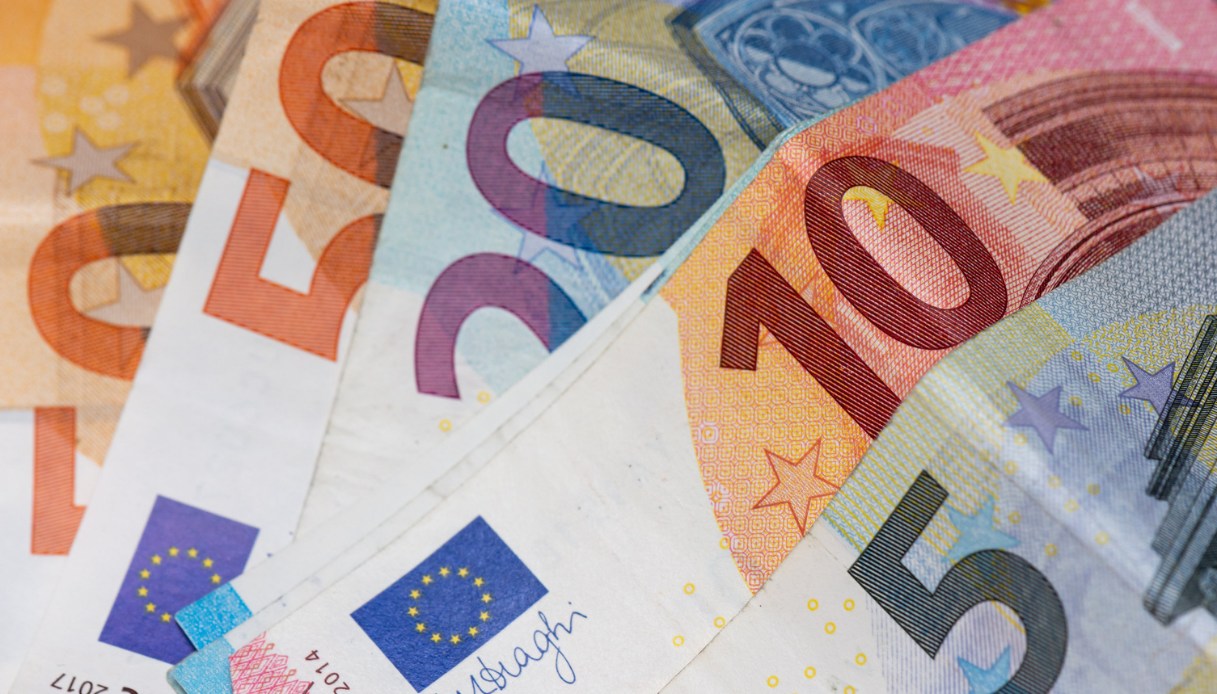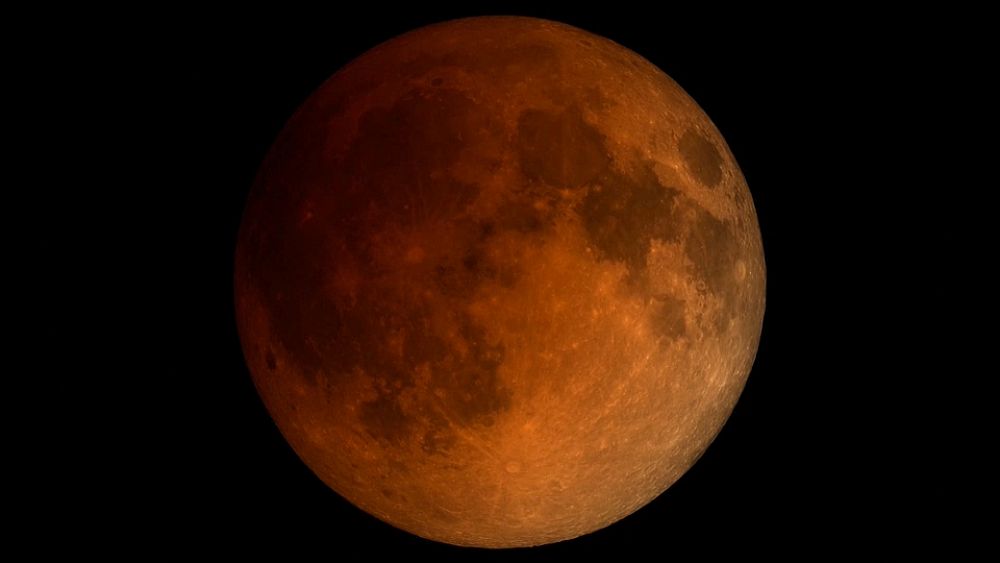Incentive not to be missed among this year’s eco-bonuses in view of the summer: with the 2022 Budget law the so-called “bonus awnings”For the purchase and installation of outdoor coverings for terraces and balconies, but also internal ones such as shutters, with tax deductions from 50% up to 110%.
Bonus awnings, discounts up to 110%: the tax deduction
The contribution introduced during the pandemic with the inter-ministerial decree of 6 August 2020, as an incentive for the solar shading sectorhas been renewed both in 2021 and for the current year and can be requested by the end of 2022.
The tax relief of 50% concerns the total costs for the purchase and installation of blinds or mobile blackout shutters installed indoors, outdoors or integrated into the glass surface, but up to a maximum of 60 thousand euros.
Considered within the Superbonus, the shielding can receive a relief of up to 110%, but if it follows thermal insulation works, replacement of air conditioning systems or works for the reduction of seismic risk (here we talked about the Superbonus compliance visa).
Awnings bonus, discounts up to 110%: criteria and requirements
To trace criteria and requirements for obtaining the “bonus awnings” is the Agency for new technologies for energy and the environment, Enea, which on its website indicates how the deduction is addressed to all taxpayers who bear the costs of energy requalification or have a real right on the real estate units making up the building.
In detail the eligible expenses they include:
- supply and installation of solar shading and / or technical blackout closures;
- possible disassembly and decommissioning of similar pre-existing systems;
- supply and installation of automatic shielding regulation and control mechanisms;
- professional services (production of the necessary technical documentation, construction management, etc.);
- provisional and ancillary works.
Therefore, the replacement of system components, the fabric and the automation of the awning or repairs are not taken into consideration.
The buildings included in the bonus must be stacked or with a request for stacking in progress, and in compliance with the payment of any taxes, at the start date of the works (here we have explained as long as the deductions of eco-bonuses for the home last).
Enea specifies that the expenses incurred in the years 2020 and 2021, taxpayers, as an alternative to the direct use of the Irpef tax deduction in 10 years, can also opt for the credit transfer or for the discount on the invoice.
The Authority establishes the characteristics of the solar shading which must be:
- stable, applied integrally with the building envelope and which cannot be freely assembled or disassembled by the user;
- to protect a glazed surface;
- installed inside or outside the glazed surface;
- mobile;
- “technical” shielding.
Another limitation concerns orientation: solar shading, such as awnings, venetian blinds, roller blinds or arm awnings, must be oriented from east to west passing through south and therefore north, north-east and north-west are excluded. For “blackout closures” such as shutters, roller shutters and roller shutters, on the other hand, all orientations are allowed.
To ask for the bonus it is necessary to make traceable payments, via credit or debit cards, or bank or postal transfers, which must be kept and attached to an original print of the description of the intervention bearing the CPID code assigned by the Enea website, signed by the beneficiary.
–


